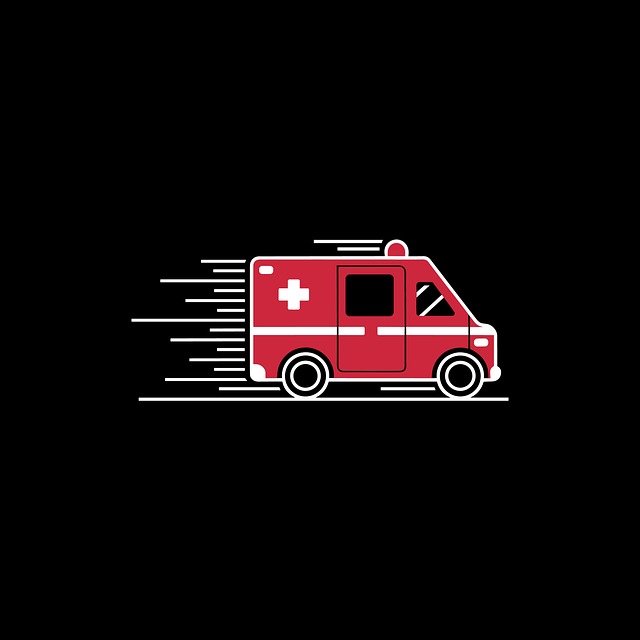Facility insurance for healthcare provides comprehensive protection for medical institutions' critical assets, including structures, equipment, and inventory essential for patient care. It goes beyond structural coverage by offering medical malpractice and liability protections, ensuring providers can focus on patient well-being without financial burdens. This tailored insurance mitigates risks from physical damage, theft, and cyber threats, addressing unique challenges of specialized equipment and data security in healthcare environments. Business interruption coverage is crucial, safeguarding stability and continuity of care through robust policies, regular reviews, and contingency plans. Filing claims requires a systematic approach, involving policy review, documentation, insurer communication, and adjuster assessments for seamless resolution.
In the dynamic landscape of healthcare, ensuring comprehensive protection is paramount. This article delves into the intricacies of facility insurance for healthcare, offering a detailed guide for navigating this specialized sector. From understanding the nuances of coverage to exploring essential protections for equipment and buildings, we illuminate key aspects. Learn why specialized equipment coverage is vital, discover strategies to safeguard your facility against physical damage and liability, and gain insights into business interruption mitigation. Prepare to navigate claims with confidence and secure peace of mind in an ever-evolving healthcare environment.
- Understanding Facility Insurance for Healthcare: A Comprehensive Overview
- Why Healthcare Facilities Need Specialized Equipment Coverage
- Protecting Your Building: Insuring Against Physical Damage and Liability
- Essential Coverages for Medical Equipment and Technology
- Business Interruption: Mitigating Risks and Ensuring Continuity of Care
- Navigating Claims: What to Expect When Filing an Insurance Claim
Understanding Facility Insurance for Healthcare: A Comprehensive Overview

Facility insurance for healthcare is a comprehensive coverage designed to protect critical assets within medical institutions. This includes not just physical structures but also intricate equipment, essential machinery, and valuable inventory that are integral to delivering quality patient care. Such insurance policies are tailored to address unique risks specific to healthcare facilities, such as equipment failure, damage from natural disasters, or liability associated with patient treatments.
A deep understanding of facility insurance for healthcare involves recognizing its multifaceted benefits. Beyond structural protection, it includes coverage for medical malpractice, professional liability, and even loss of income due to unforeseen events. This holistic approach ensures that healthcare providers can focus on patient well-being while being shielded from potential financial burdens.
Why Healthcare Facilities Need Specialized Equipment Coverage

Healthcare facilities, from hospitals to clinics, operate in an environment where specialized equipment is essential. From advanced medical machinery to sophisticated IT systems, each component plays a critical role in patient care and treatment outcomes. Therefore, facility insurance for healthcare must include comprehensive coverage for these unique assets.
Specialized equipment coverage ensures that facilities can replace or repair crucial machinery promptly in case of damage, theft, or failure. This is vital to maintaining uninterrupted service and ensuring patient safety. By tailoring insurance policies to the specific needs of healthcare facilities, providers can safeguard their investments and focus on delivering quality care without the added worry of unexpected equipment losses.
Protecting Your Building: Insuring Against Physical Damage and Liability

Protecting your building is a crucial aspect of any business, especially in the healthcare sector where facilities often house sensitive equipment and valuable resources. Facility insurance for healthcare institutions offers comprehensive coverage tailored to mitigate risks associated with physical damage and liability claims. This includes protection against perils like fire, storms, and vandalism, ensuring that repairs or replacements can be made swiftly without straining operational budgets.
Moreover, such insurance policies provide liability coverage, shielding healthcare providers from potential legal issues arising from accidents or injuries occurring on their premises. This is particularly vital in the medical field where strict regulations govern safety standards. By insuring against these risks, healthcare facility owners and managers can focus on delivering quality patient care while safeguarding their investments.
Essential Coverages for Medical Equipment and Technology

In the realm of facility insurance for healthcare, covering medical equipment and technology is paramount. These assets are not just costly; they are also critical to the day-to-day operations and safety of any healthcare facility. Essential coverages in this area include protection against physical damage, theft, and degradation due to wear and tear. Comprehensive insurance policies often extend to include specific coverage for advanced medical devices, such as MRI machines, CT scanners, and life support equipment, ensuring that these indispensable tools remain operational and secure from unforeseen events.
Beyond physical damage, healthcare facilities also require insurance that addresses data security and cyber risks. With the increasing digitization of patient records and reliance on technology for administrative tasks, protecting sensitive medical information is crucial. Facility insurance for healthcare should include provisions for data breaches, ransomware attacks, and other cybersecurity incidents, ensuring that critical operations can continue uninterrupted and patient data remains secure.
Business Interruption: Mitigating Risks and Ensuring Continuity of Care

Business Interruption, a key consideration in facility insurance for healthcare, is a critical aspect that can make or break a medical institution’s stability and reputation. It refers to the potential loss of income and disruption to operations when a covered event occurs, forcing the facility to close temporarily or reduce services. These events could range from natural disasters like floods or fires to more nuanced issues such as equipment failure or cyberattacks.
To mitigate these risks, healthcare facilities should have robust business interruption policies in place. This includes ensuring adequate insurance coverage for all critical assets and operations, regular reviews of policy limits to account for inflation and changing operational costs, and implementing contingency plans that detail steps to maintain continuity of care during disruptions. By taking these proactive measures, healthcare organizations can safeguard their financial health and preserve the essential services they provide to the community.
Navigating Claims: What to Expect When Filing an Insurance Claim

When it comes to filing an insurance claim for your healthcare facility, understanding the process is key. The first step involves reviewing your policy to ensure all details are accurate and that you’re aware of what’s covered. This includes checking the limits, deductibles, and specific exclusions mentioned in your facility insurance for healthcare plan.
Next, gather all necessary documentation – this could include repair estimates, photographs of damage, or medical records if applicable. Contact your insurance provider promptly to report the incident or damage, providing them with a clear account of what happened. They will guide you through the rest of the process, which may involve an adjuster visiting the site to assess the damages and determine the claim amount. Be prepared to communicate openly and provide any additional information required to facilitate a smooth claims settlement.
